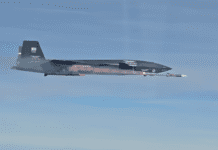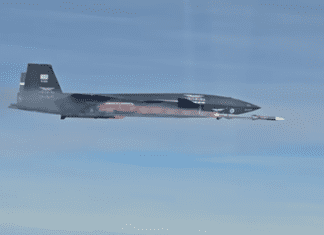This post is also available in:
 עברית (Hebrew)
עברית (Hebrew)
A time-of-flight imaging system enables the indirect observation of hidden scenes via computational back-projection. Applications for this non-line-of sight technology range from small scenes (e.g., robotic or laparoscopic surgeries), to intermediate scales (e.g., remote detection of individuals for disaster response and law enforcement), to very large scenes (e.g., aerial and satellite surveillance).
Possible applications of this technique range from seeing around corners in scenarios with only limited scattering, to imaging an object that is obscured by bulk scattering materials (e.g., tissue or fog).
The imaging system is under development, with the support of the NASA Innovative Advanced Concepts program, and of the US Defense Advanced Research Projects Agency under the Revolutionary Enhancement of Visibility by Exploiting Active Light-fields (REVEAL) program.
Accorfing to UAS Vision, virtually all current imaging methods rely on light traveling directly from the object to be imaged to the imaging device. Although direct, ballistic, single-bounce light components generally make up a large portion of the total light that is collected by an imaging system, there is a significant contribution from multi-bounce light. This light is scattered or reflected by surfaces in the scene multiple times on the path from light source to detector. Current imaging techniques aim to create images using the remaining ballistic-light component.
The innovative imaging system recovers information in non-ballistic light, enabling objects that would be obscured in typical imaging systems to be detected. To do this, it uses photon time-of-flight information. By analyzing this additional piece of data, it can obtain information about the multi-bounce behavior of the light.


























